Understanding Imbalanced Datasets and their Impact on Machine Learning
 Akash Kumar
Akash Kumar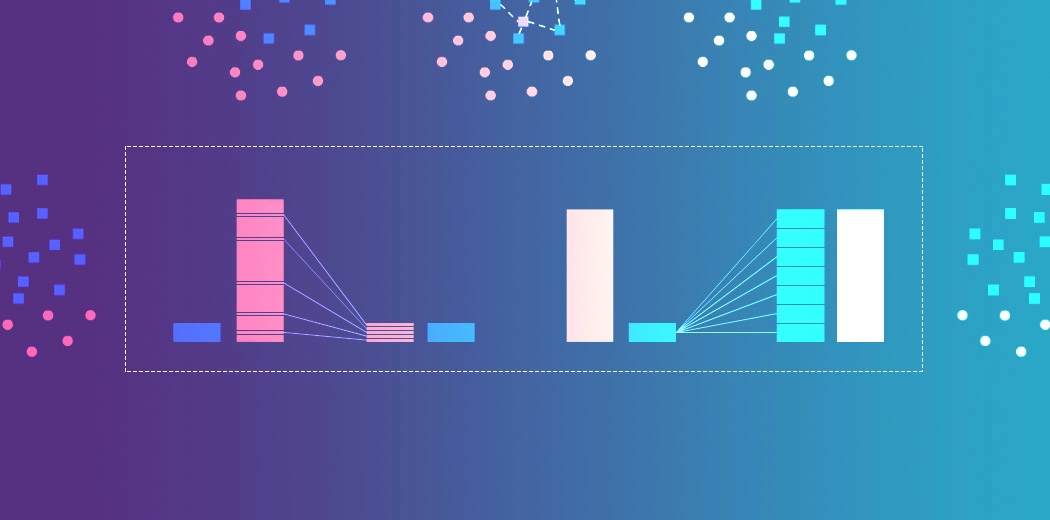
Imbalanced learning is a subset of machine learning that deals with datasets in which the distribution of classes is significantly imbalanced. In such datasets, the number of instances of one class is much higher than the other class or classes. For example, in a binary classification problem, if there are 1000 instances of class A and only 10 instances of class B, the dataset is considered imbalanced.
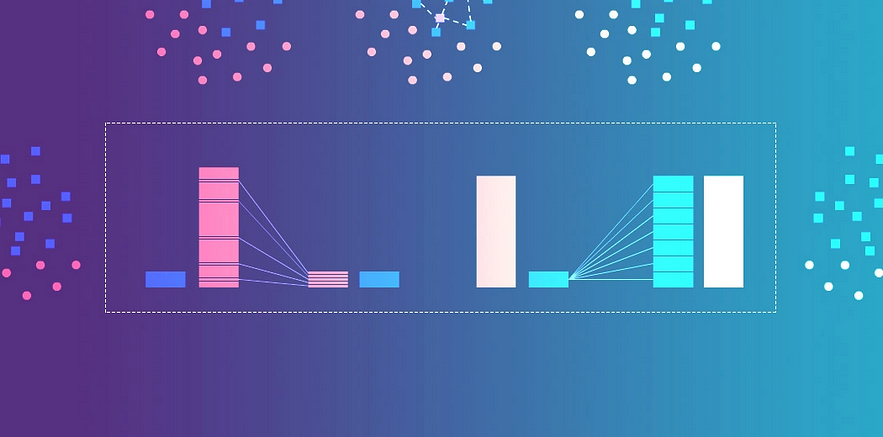
Imbalanced datasets are common in many real-world scenarios, such as fraud detection, medical diagnosis, and anomaly detection. Identifying the instances of the rare class is vital in such scenarios, and the focus is on identifying instances of the rare class accurately.
A challenging aspect of balanced learning is that traditional machine learning algorithms tend to perform poorly on such datasets. For example, if we use accuracy as the evaluation metric, a classifier that always predicts the majority of classes will have high accuracy. However, it is not a useful model.
To address the challenges of imbalanced learning, several techniques have been proposed. These techniques can be broadly classified into two categories: data-level techniques and algorithm-level techniques.
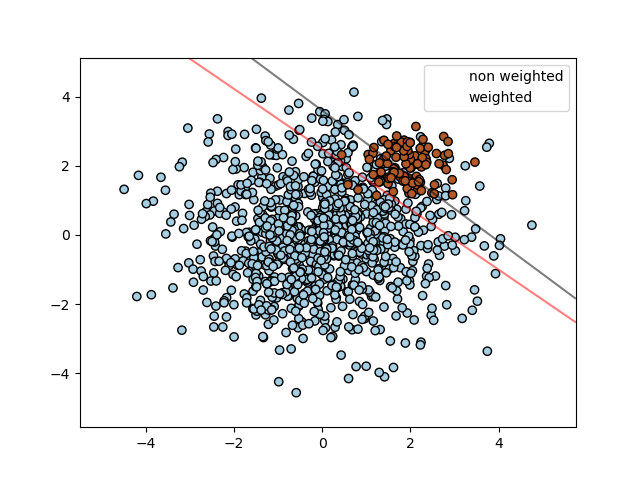
Data-level techniques involve manipulating the dataset to balance class distribution. Some data-level techniques are:
Random Undersampling: In this technique, the instances of the majority class are randomly removed from the dataset until a balance is achieved between the classes.
Random Oversampling: In this technique, instances of the minority class are randomly duplicated to balance the class distribution.
Synthetic Minority Over-sampling Technique (SMOTE): In this technique, distinct instances of the minority class are generated by interpolating existing instances and Tomek Link is one of the part where minority class elements were generated and majority class elements were reduced from the border to create clear distinction between classes.
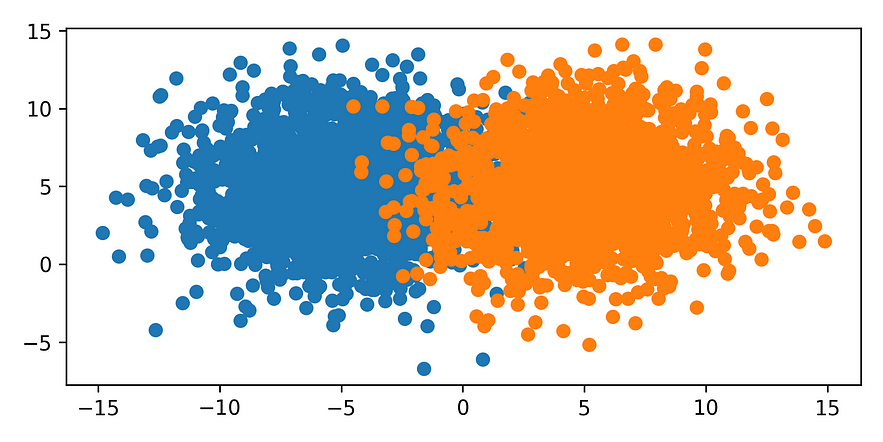
Algorithm-level techniques involve modifying the algorithm to handle imbalanced data. Some algorithm-level techniques are:
Cost-sensitive learning: In this technique, the cost of misclassifying instances of the minority class is increased, which encourages the algorithm to focus on correctly classifying the minority class.
Ensemble methods: In this technique, multiple models are trained on different subsets of the data, and their predictions are combined to make the final prediction. Ensemble methods can be used to create a balanced dataset by training each model on a balanced subset of the data.
One-Class Classification: In this technique, only the minority class is considered during training, and the goal is to identify instances that do not belong to the minority class.
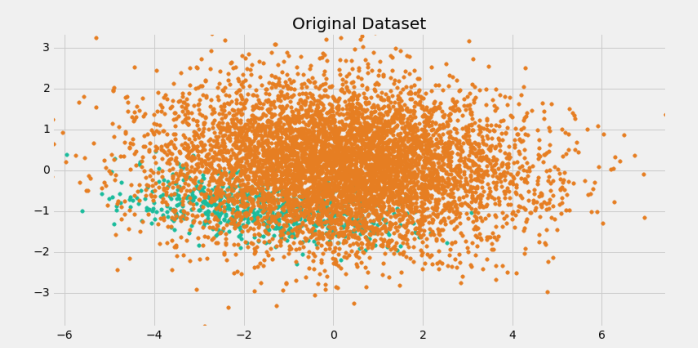
In conclusion, imbalanced learning is an important area of machine learning that deals with datasets whose class distribution is significantly imbalanced. The imbalanced nature of the data presents unique challenges that require specialized techniques to handle. Data-level and algorithm-level techniques can be used to address these challenges and improve machine learning algorithms’ performance on imbalanced datasets.
Subscribe to my newsletter
Read articles from Akash Kumar directly inside your inbox. Subscribe to the newsletter, and don't miss out.
Written by

Akash Kumar
Akash Kumar
As a skilled data analyst and machine learning practitioner, I have worked on various projects in Kaggle using Python and other analytical tools. For me, working with data is not just a profession but a passion, and I enjoy exploring and discovering insights hidden in data sets. With expertise in Advanced Excel, Machine Learning, Power BI, Data Analysis, SQL, MongoDB, and Business Administration, I have a comprehensive understanding of data-driven decision-making, which enables me to deliver valuable insights and solutions to complex business problems. I hold a Bachelor's degree in Business Administration, with a focus on marketing and financial analysis, from Tula's Institute, and I am currently pursuing my Data Science course from IIT Madras, which has enhanced my technical skills in data science and machine learning. As a strong entrepreneur, I have a proven track record of delivering projects that meet or exceed expectations, and I am committed to continuous learning and growth to stay ahead in the field of data science. Thank you for taking the time to read my profile, and I look forward to connecting with like-minded professionals in the industry.